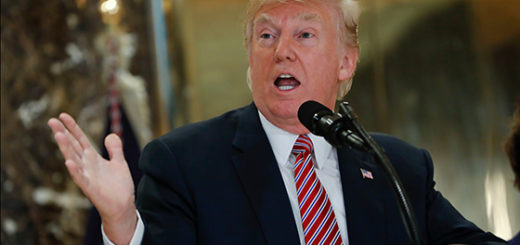Forget about health care costs. What about college?
If you just had a child graduate high school and are now 11 weeks away from the start of college, turn off the radio. You’re not going to like this.
I was recently given a tour of the brand new facilities at a major university. I’m not going to say which one because you die-hard alums that flock your Christmas trees the same color as your alma mater’s football jerseys will bombard me with your indignant e-mails. I don’t have the time.
I was shown the new student center, the new health club and the new tennis facilities.
I was blown away. These facilities are world class. The student dining hall where I went to school served us cold cut sandwiches at least once a week.
But that was there and then and this is here and now. What I saw was strictly first class. Multiple high end restaurant-quality dining options, five-star entrees, organically-grown coffee – all available on the student meal plan.
The same for the health club. Nothing that you can go out and join on the open market can come close to what students at this university get to enjoy simply by showing a student I.D.
Couple all of this with state of the art drama and theater facilities, a cutting edge film and television center, the latest information technology, multi-media classrooms and absolutely the very finest varsity athletic facilities that money can buy, and you can begin to understand why college costs are rocketing skyward.
According to the Bureau of Labor Statistics, for more than 20 years, colleges and universities have been raising prices at a rate faster than the increases in costs for any other major product or service. A lot faster. Four times the rate of underlying inflation faster, to be precise.
Since 1982, after adjusting for financial aid, the amount that families are paying for a four-year college degree has gone up 439 percent.
As we have been forced to examine our economic assumptions in the past year as a result of the mortgage crisis and this severe recession, it’s time also to begin asking why colleges and universities are getting away with this. It’s time to ask how much longer the average American family can continue to foot the bill for high-end health clubs and organic coffee bars.
American families with kids in college are having to make a fundamental choice between a secure retirement for mom and dad or burying a 21-year old kid under a mountain of debt. That’s a bad choice.
There are a number of things wrong with the current picture. First and foremost is the debt that most students take on in order to go to college. Colleges are building Taj Mahal facilities on the strength of tuition and fee increases driven by the near universal availability of government-subsidized student loans. I think it is wrong to encourage an 18-year old to go into ruinous debt prior to having earned a nickel in income to pay it back.
Secondly, the resulting opulent facilities in which brand new high school graduates find themselves, and the rich and luxurious lifestyle that such facilities afford, have nothing to do with anything in the real world. In the real world, you can’t live like royalty before you’ve hit a lick. In order to eat gourmet food and drink high-end coffee and work out in an Olympic-quality health club, you have to have earned the money to pay for it. Starting kids off with experiences for which prior generations have worked a lifetime completely short circuits the necessary connection between achievement and reward.
While we’re all focusing on the costs of health care, the majority of which is consumed at the end of life, I think it’s important to focus on the costs of education, the majority of which is consumed at the beginning of life. Continuing to ratchet up college costs at the current rate represents a drain on the American family’s resources that will soon become, if it hasn’t already, unsustainable.
If we’re going to begin publicly worrying about how much the CEO of Citibank makes, then we should really begin to scrutinize college administrations. We need to ask them to explain how they manage and spend the huge amount of money that they demand from their students and their students’ families.
If they didn’t have nearly unlimited demand driven by nearly unlimited availability of student debt, would they still be offering organic coffee bars?
No other American enterprise can demand price increases at many multiples of the rate of inflation.
It’s time to examine why colleges and universities think they can. It’s your money.









Paul,
When I began college in 1965, I was able to attend on the GI Bill, while working full time. At the time, that GI Bill amounted to $200/month. That amount completely paid for my tuition, books and transportation costs.
One of the reasons that was possible was by attending a community (Jr. at the time) college. There wasn’t any extra curricular sports that were supported with my tuition fees and I actually learned something!
I heard recently that Henderson ISD is planning a covered practice field for the football team, to be paid for with tax money.
With school taxes (HISD) being the highest tax I incur locally, I really have to ask why I’m being asked to pay for, to use your words, “Taj Mahal facilities”?
It isn’t just the colleges that are being excessive, it’s also the local schools systems.
I’m actually very tired of underachieving education systems that seem more interested in being a farm club for the Dallas Cowboys, or the Texas Rangers, than actually educating the students.